At a time when every American car seems destined to be lowered – and then lowered some more – Mårten Lindberg from Eskilstuna chooses a different path. He raises his. In doing so, the iconic concert flag that almost always waved above the crowds at Swedish music festivals in the ’90s becomes a guiding principle: “Raise it or turn it off,” it read.
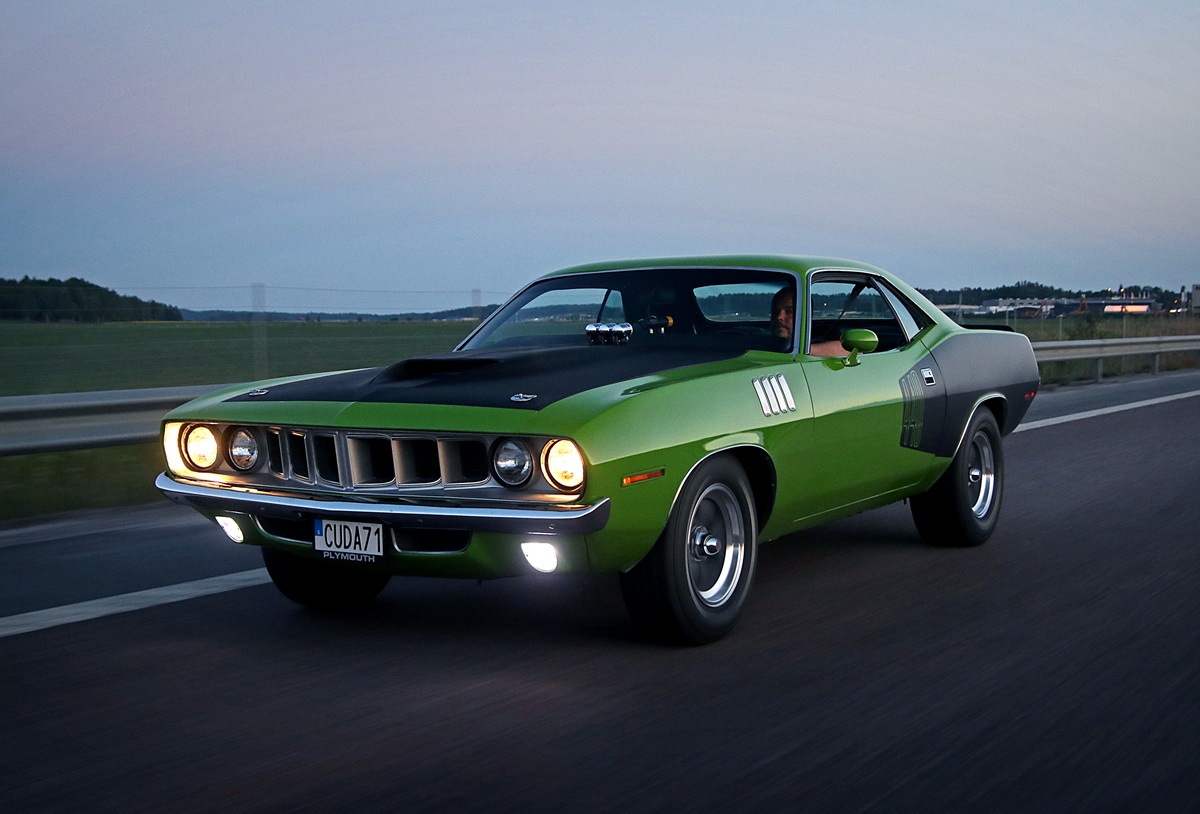
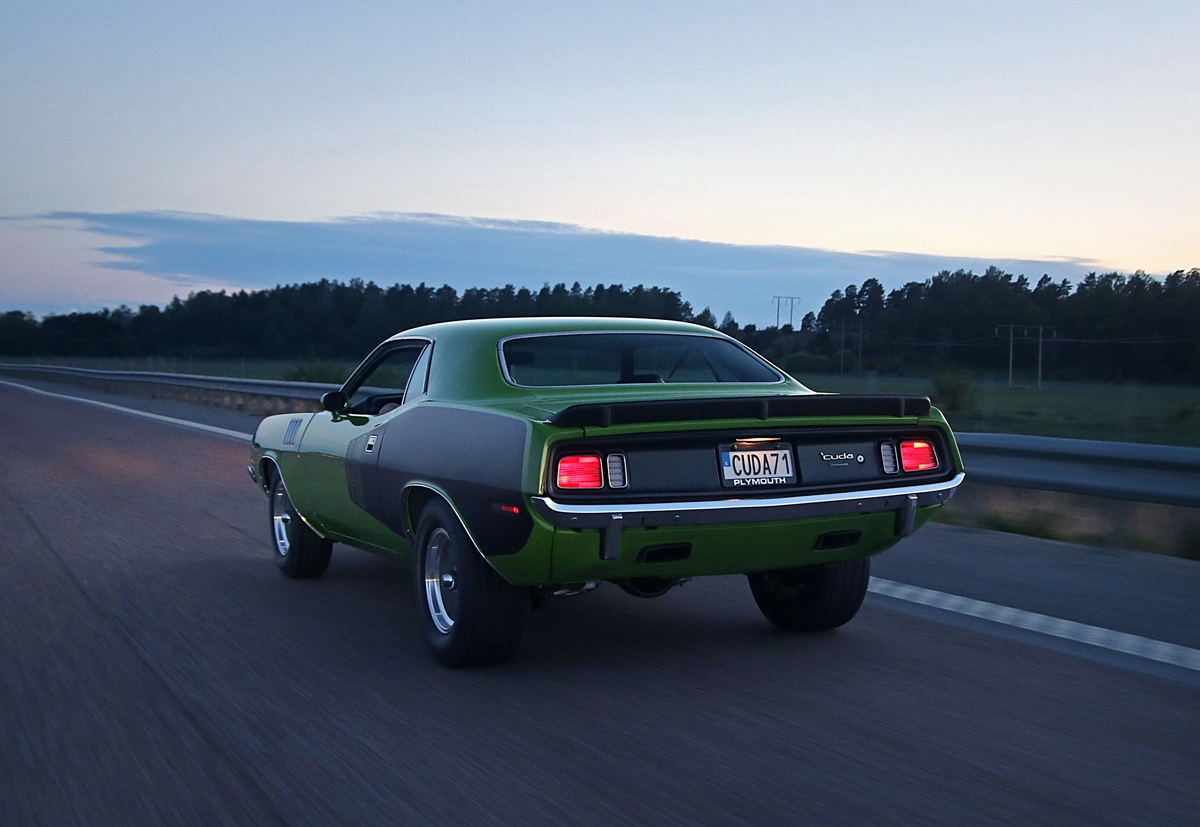
It’s a commanding sight when Lindberg rumbles onto the parking lot in Västerås in his Sassy Green-colored Plymouth, a tall car that eats speed bumps for breakfast. The color stings the corneas like a fiery pepperoni in the throat. And the ears get their share too, courtesy of the three-inch exhaust pipes.
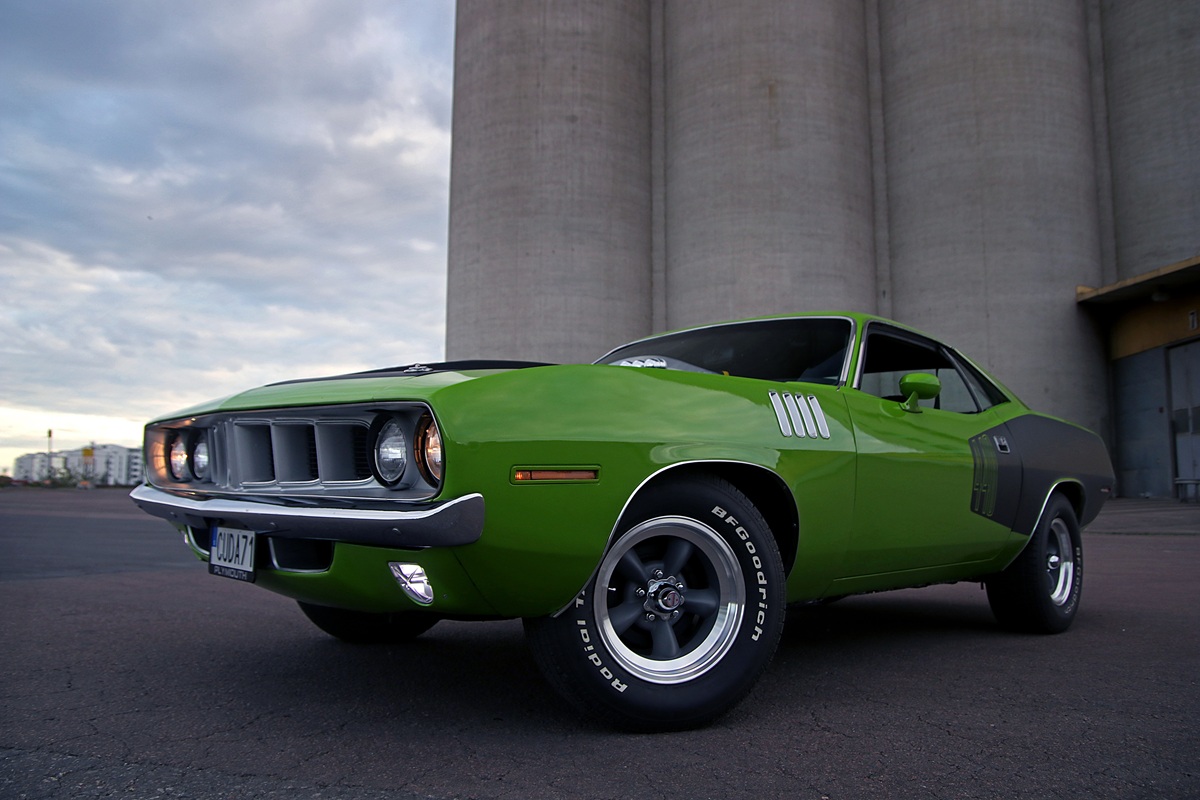
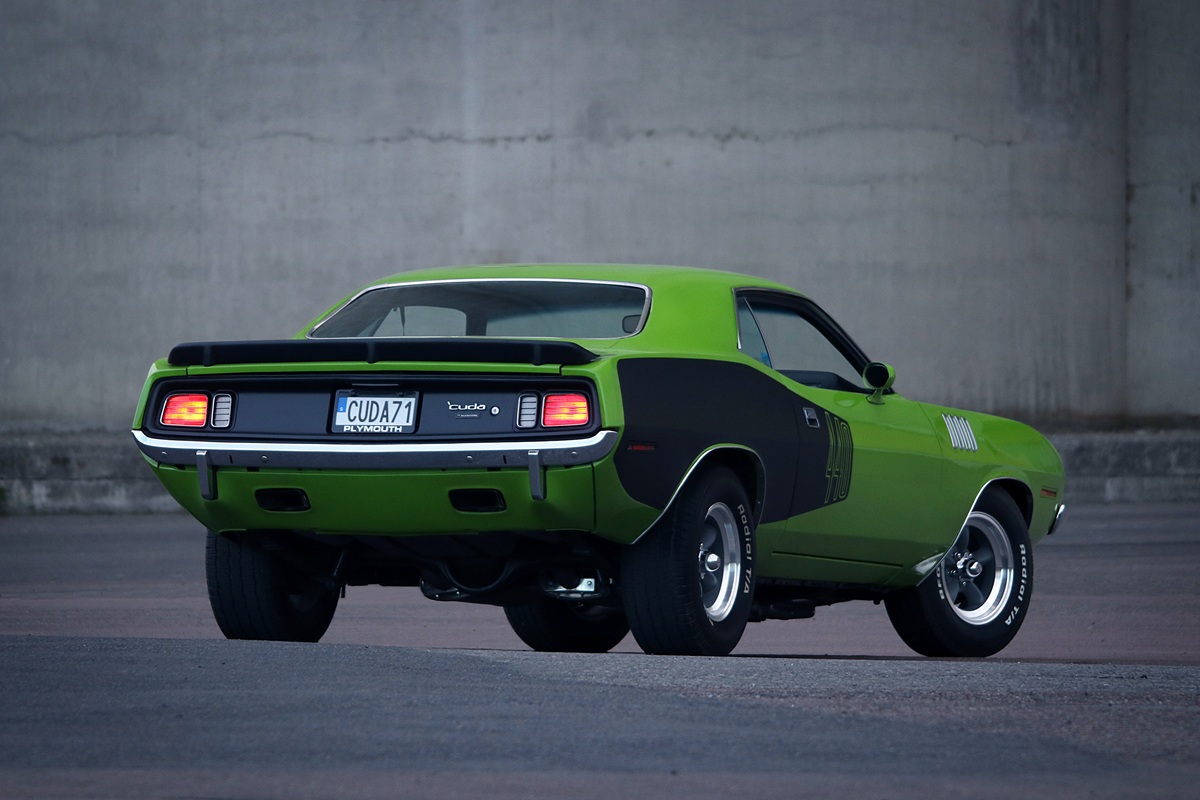
The car, a 1971 Barracuda originally equipped with a 318 from the factory, has been converted to a ’Cuda with a 440. It sports a 1970 AAR hood.
“It was already ’Cuda-converted when I bought it in 2015. I knew there were things that needed attention, even if the car wasn’t a disaster. Still, it didn’t quite look the way I wanted my ’Cuda to look,” Lindberg says.

Among the first things he tackled were the rear axle and the engine – at that point in its first iteration, featuring stock heads and a stock torque converter. The car also received new wheels, tires, headers and a new exhaust system.
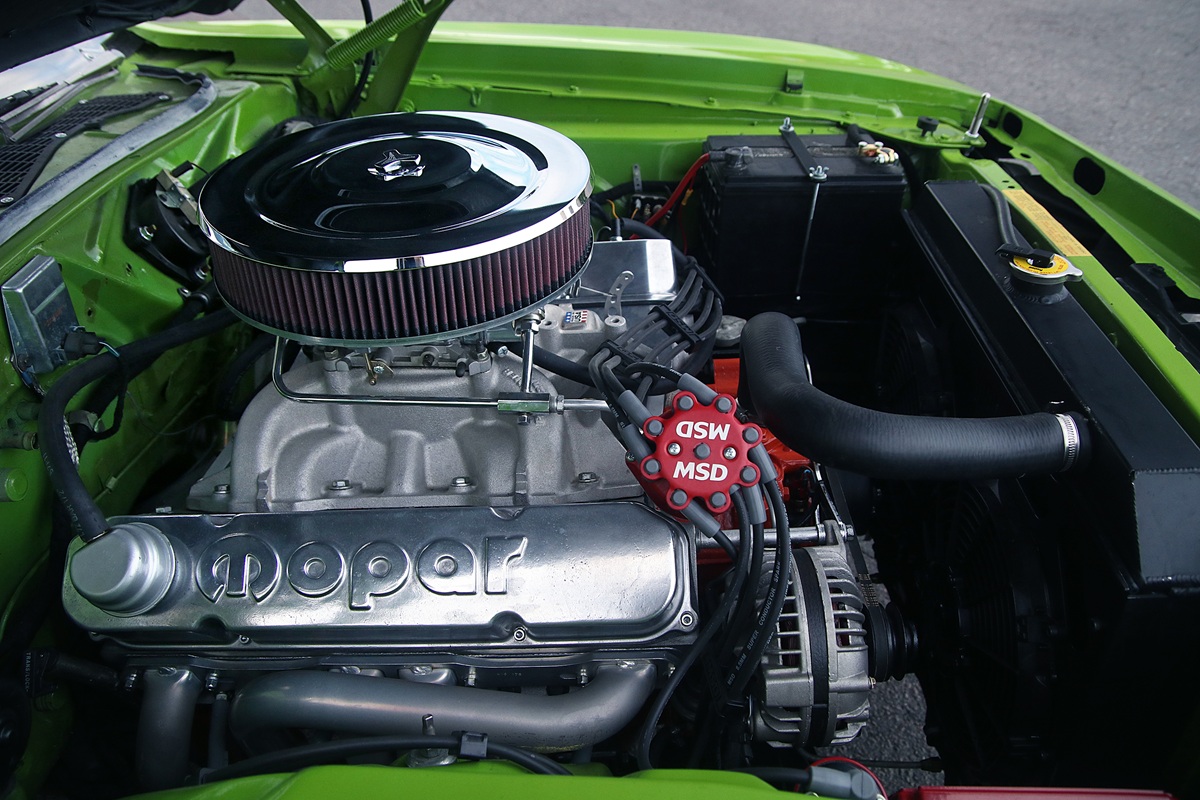
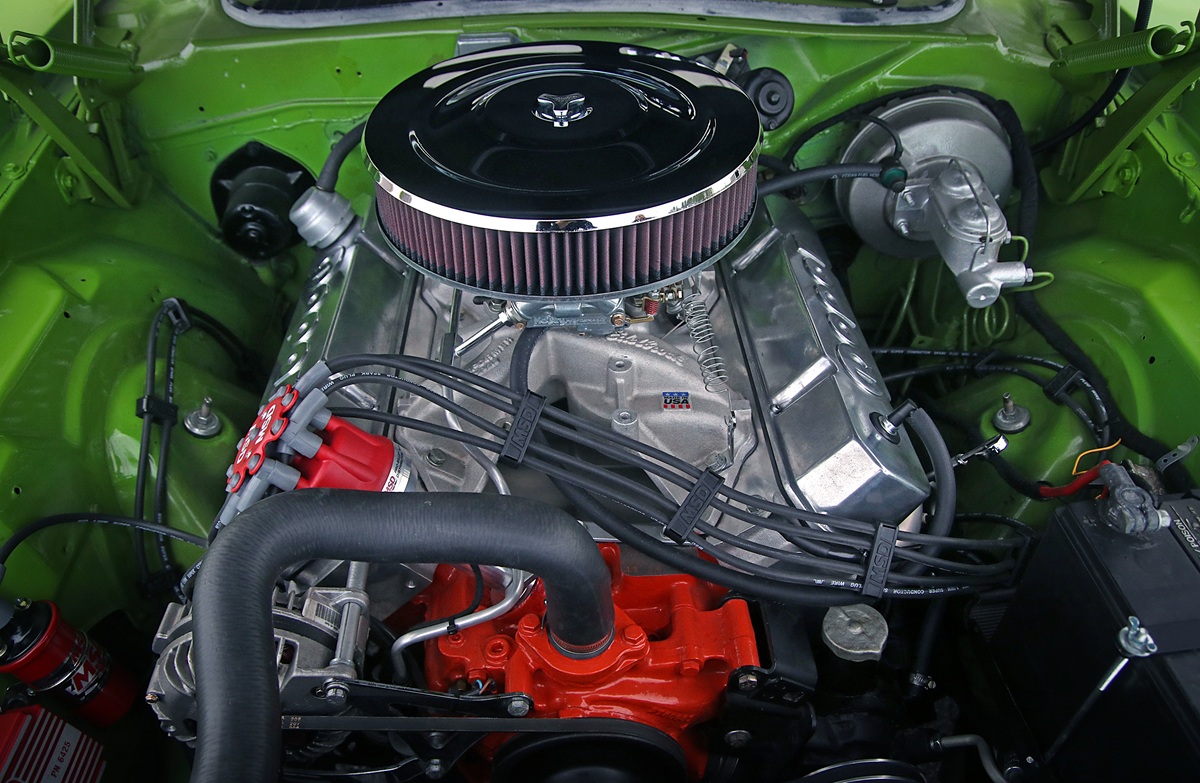
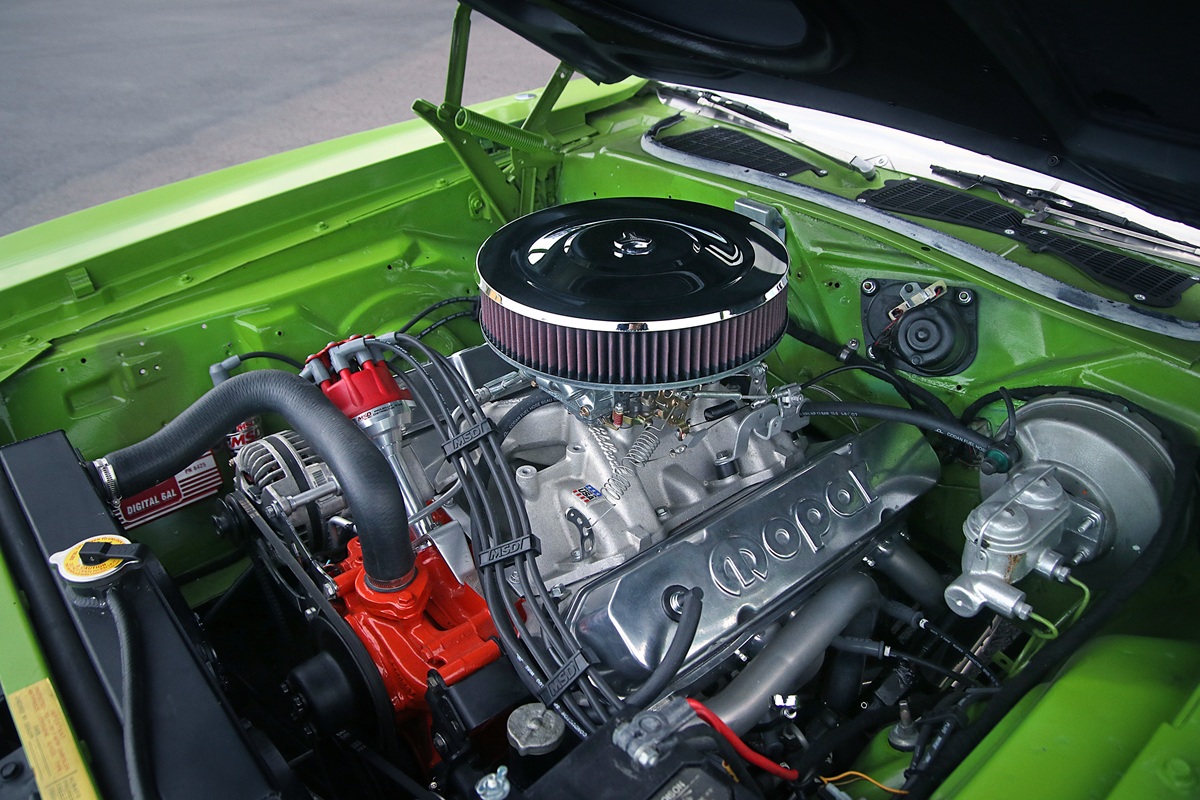
The billboard decal was originally gloss black, which Lindberg didn’t like. He tore it off and enlisted his friend Timo to help install a matte black one instead. The new decal was mounted last winter.
“It’s a pretty big decal to get on correctly, let me tell you. And Timo Martikainen works with that sort of thing at the company FVO Screen & Textil,” Lindberg says.
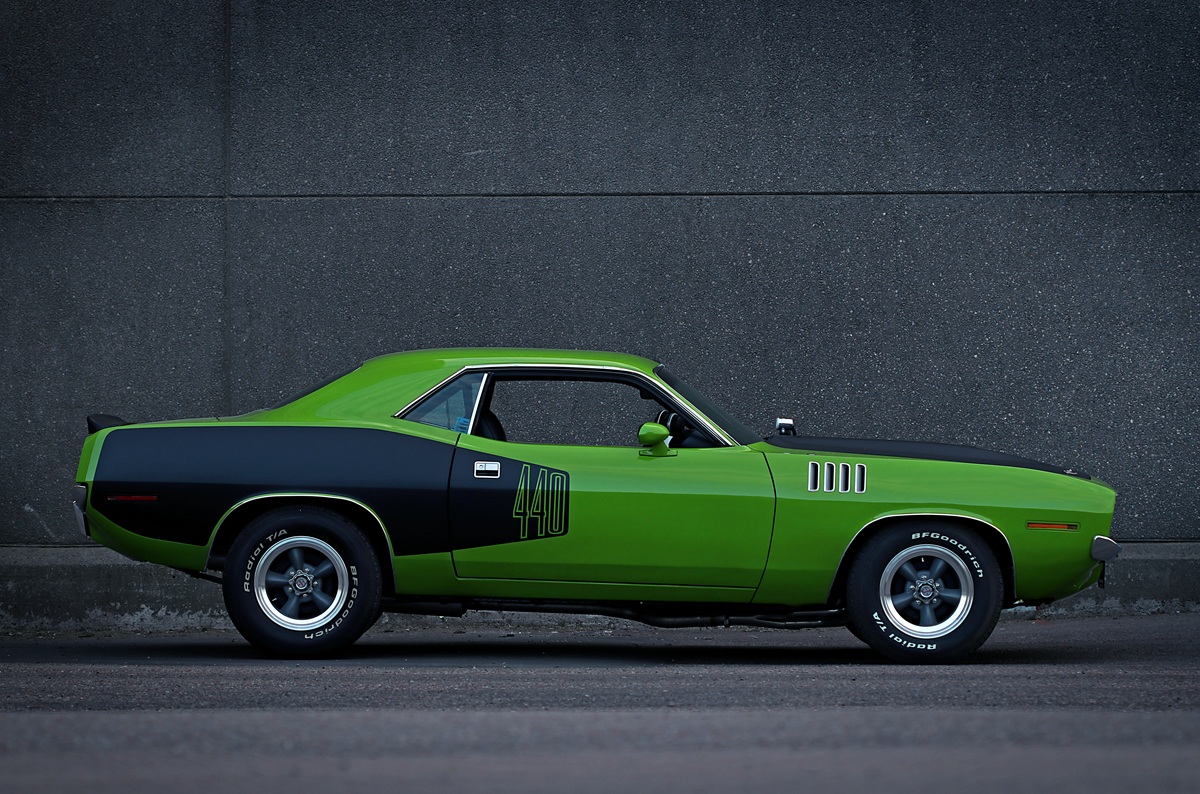
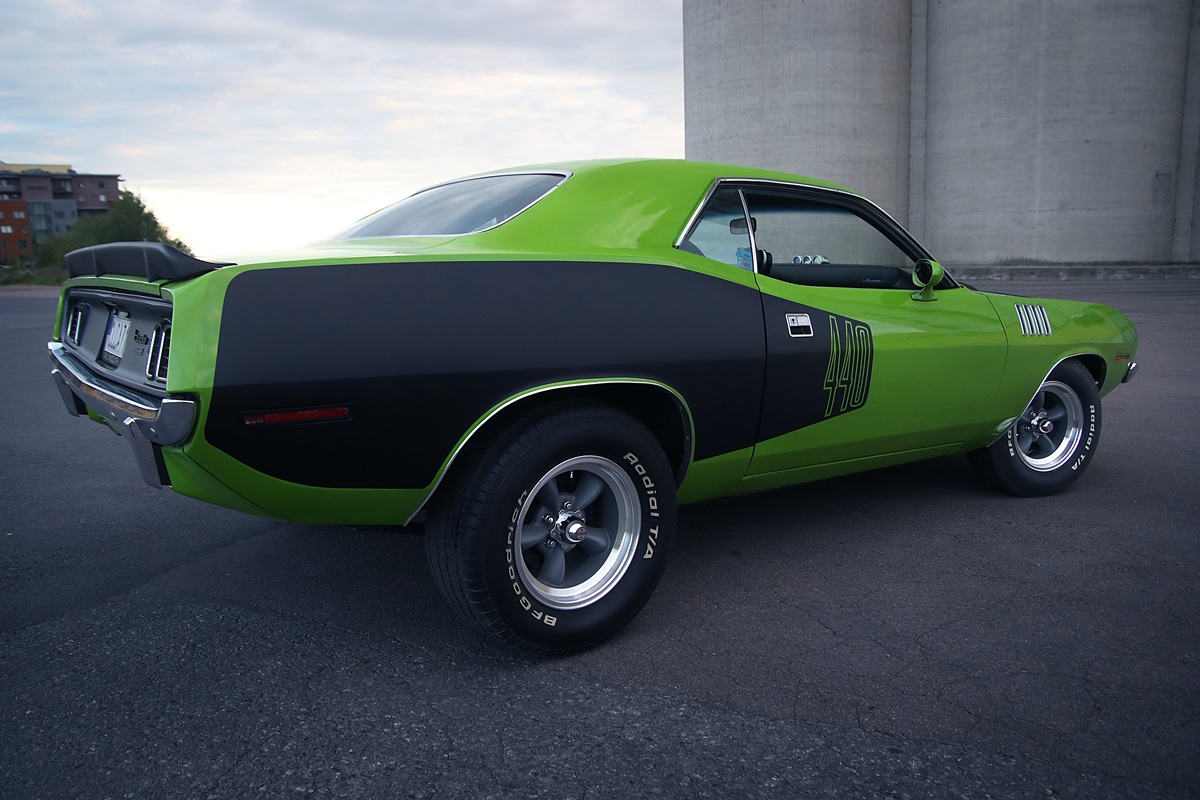
Alongside the new decal, the car also received the AAR hood and AAR-style rear wing.
Back to the engine: the V8 that was in the car when Lindberg bought it was in poor shape. He managed to source a 440 block from 1971, which was quickly filled with goodies such as forged Six Pack pistons and a forged crankshaft. The 440 now features Edelbrock RPM heads and intake, and a Holley 750 with vacuum-operated secondaries. It also runs MSD ignition with a Pro Billet distributor.
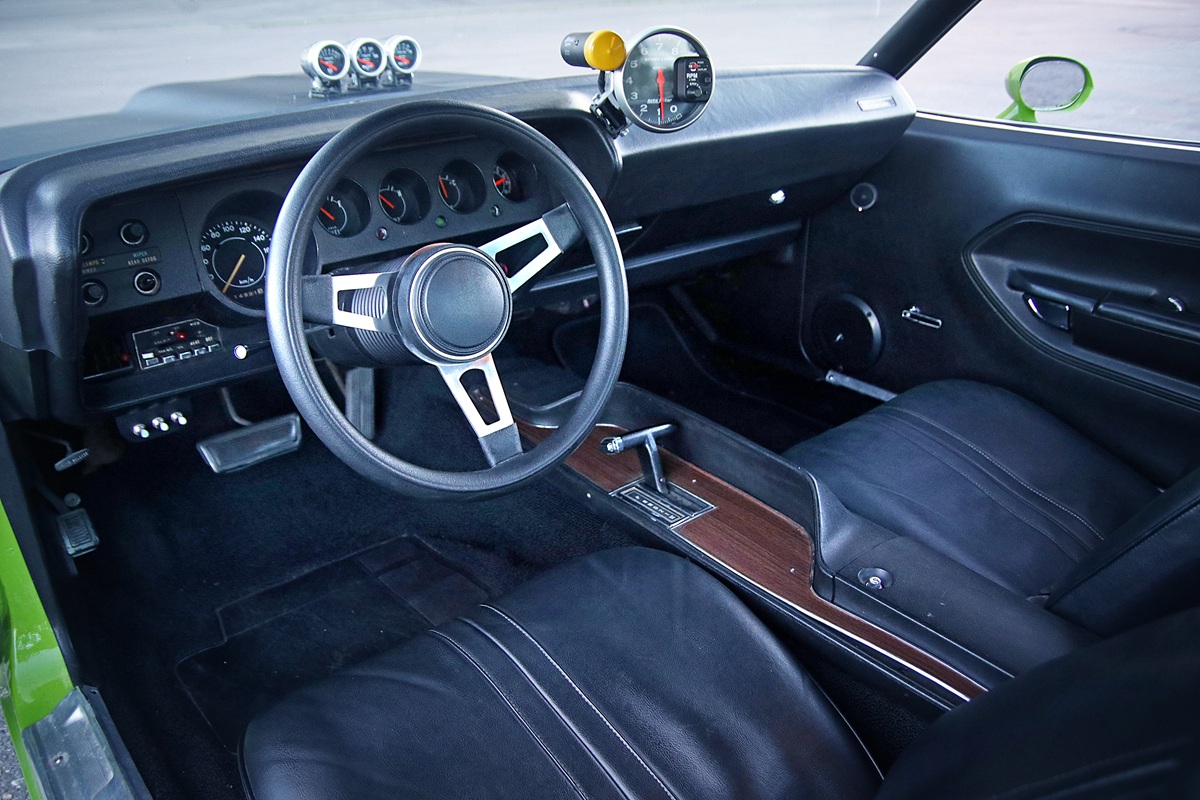
“I live out in the country, you know. Fuel economy is at least somewhat relevant. So, no double pumper…” Lindberg says.
The camshaft, Lindberg admits, is far too mild. It was installed back when the engine still had stock heads and a standard converter. Those heads have now been replaced, and sitting between the engine and the transmission is an ATI Streetmaster with a stall speed of about 2,500 rpm. Not exactly a fire-breathing converter, but enough to call the bluff of the overly tame Six Pack cam.
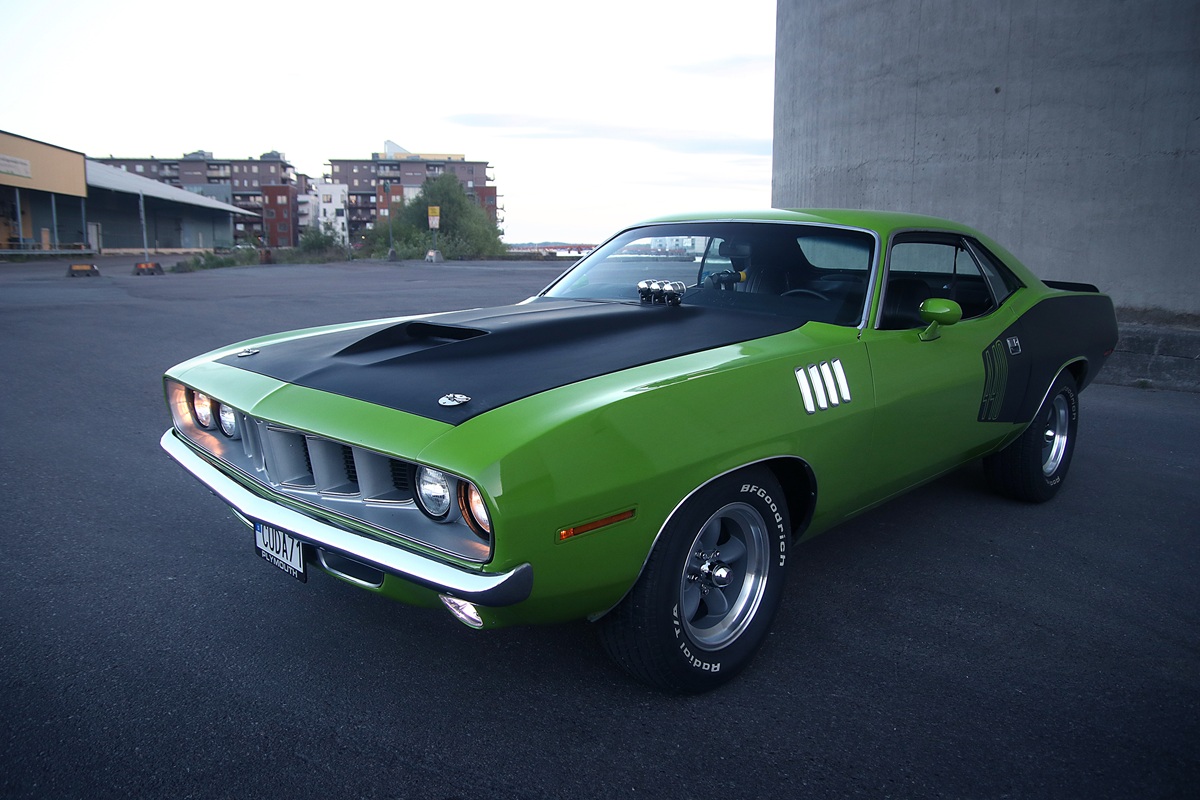
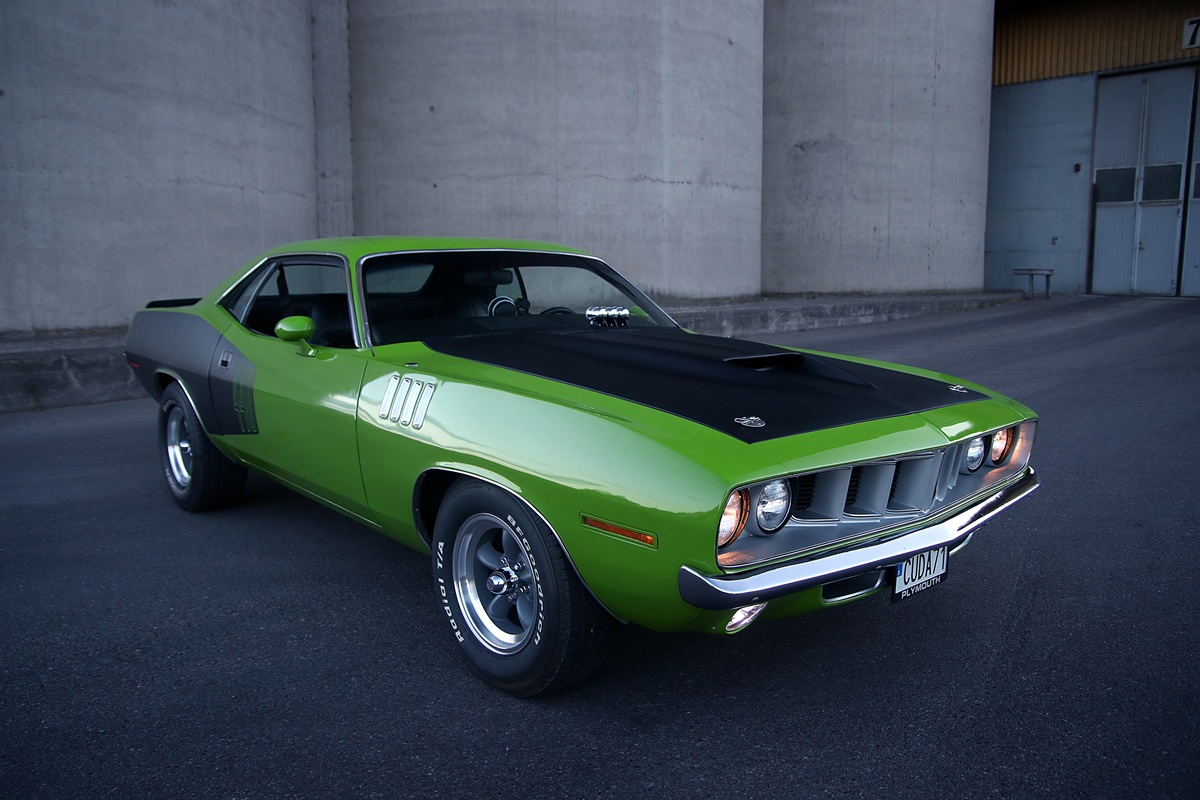
“The rest of the drivetrain includes a 727 transmission and an 8 3/4-inch rear axle. That axle now houses a clutch-type limited-slip diff and 3.90:1 gears,” Lindberg says.
But why the fascination with tall muscle cars – and ’Cudas in particular? For Lindberg, it all began in Kungsör in 1980.
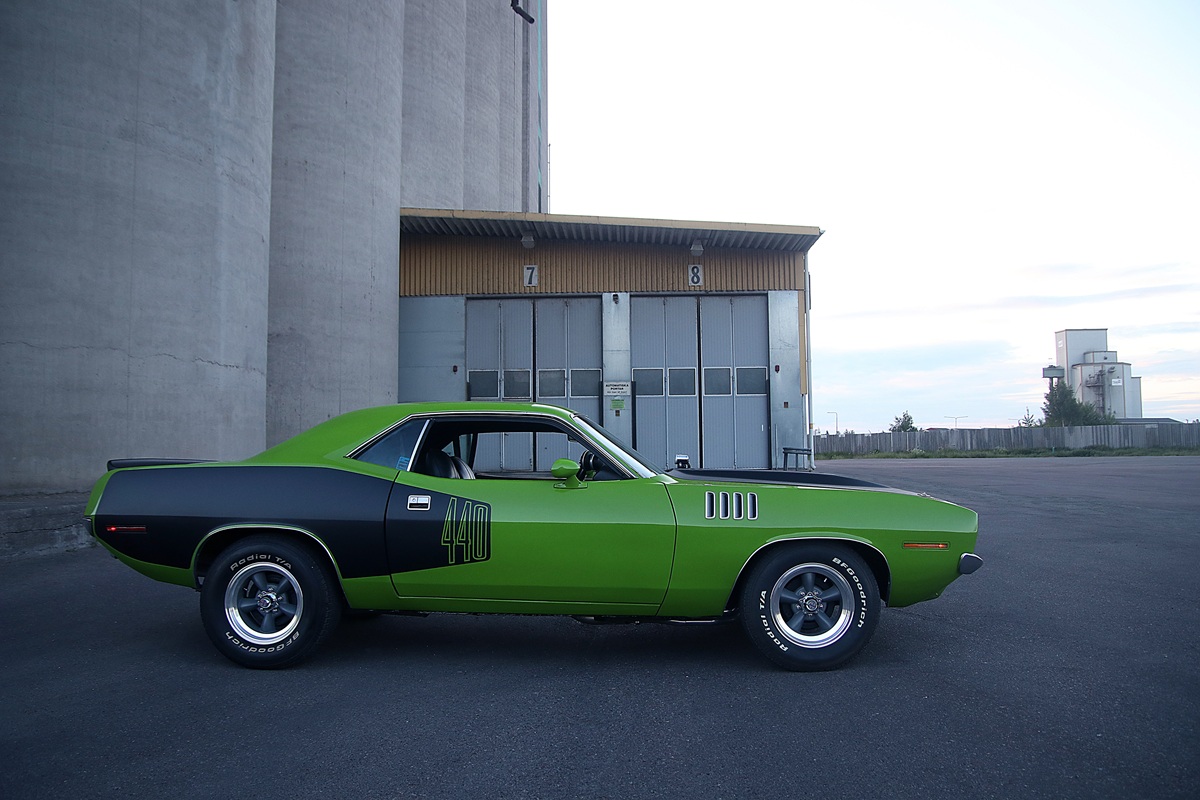
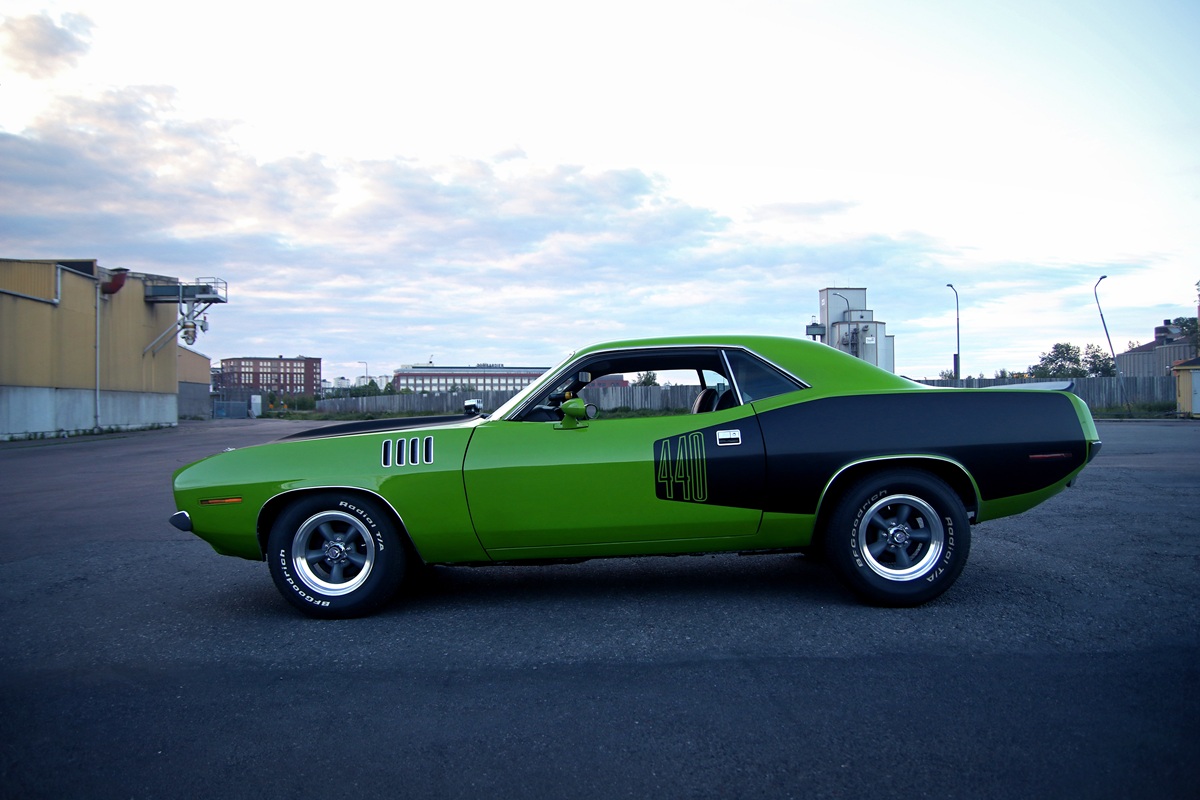
“I was in elementary school and walked past a brown metallic ’Cuda with a white convertible top every day on my way to and from school. It had fat rear tires and was jacked up in the back. Right there and then it became my dream car, and it’s been that way for the past forty years. I guess I’ve been hooked since childhood. Same goes for Rene Hersland’s yellow ’71 ’Cuda. The one with the original HEMI®
that later got a 440 with a blower. I think it even had dual Predators, if I remember right.”
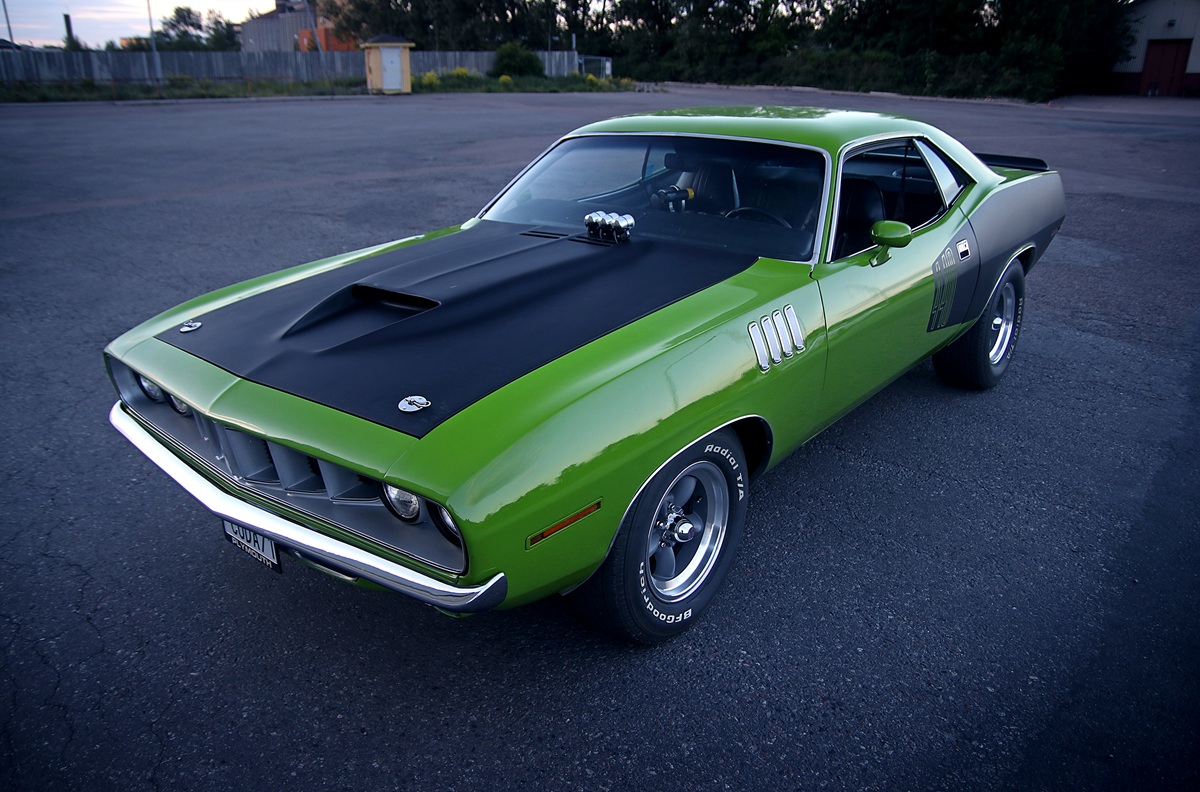
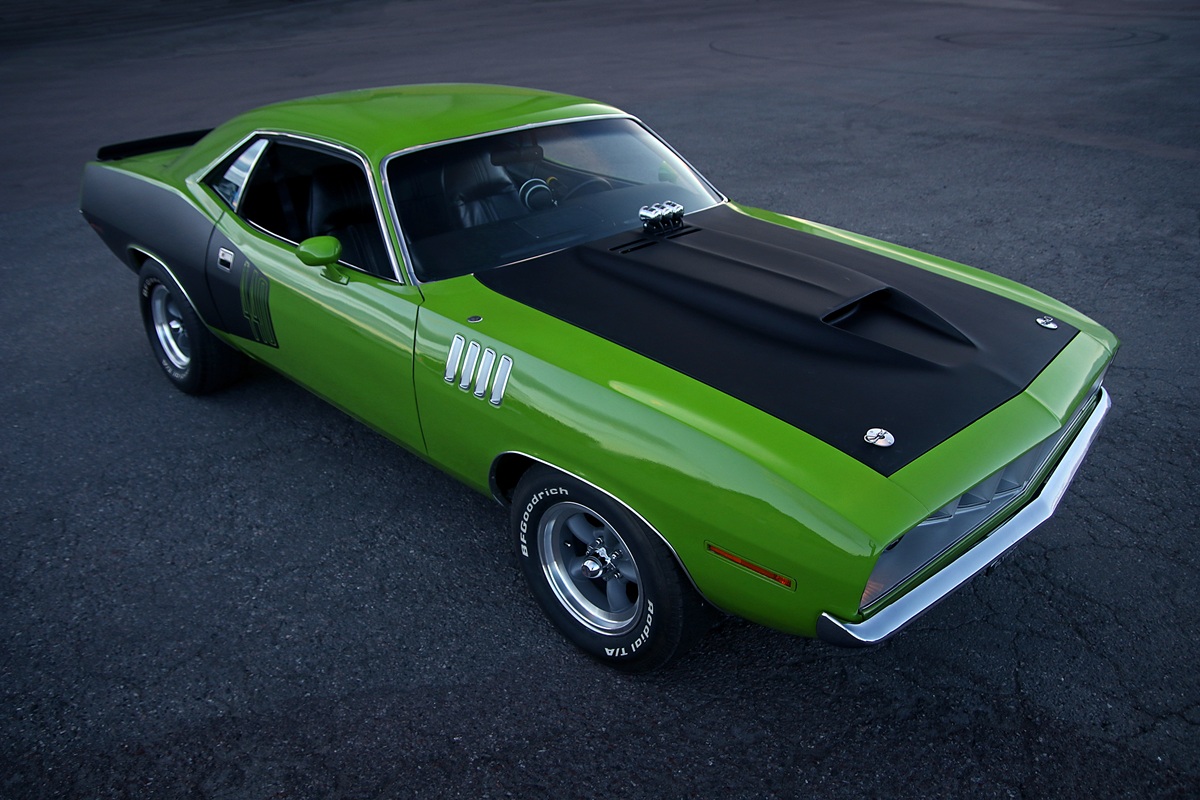
The AAR hood fits the Plymouth like a sporty cap. On that point, both Lindberg and I agree. The reason for its presence can be summed up in a few simple lines.
“I’ve always liked going my own way. Everyone else installs a shaker scoop and calls it a day. People are so afraid to try something new. I don’t want to drive an ugly car just to save a few bucks. I like mixing model years. For example, I used to have a 1970 Challenger, and I used ’70 ’Cuda AAR decals on it,” Lindberg says.
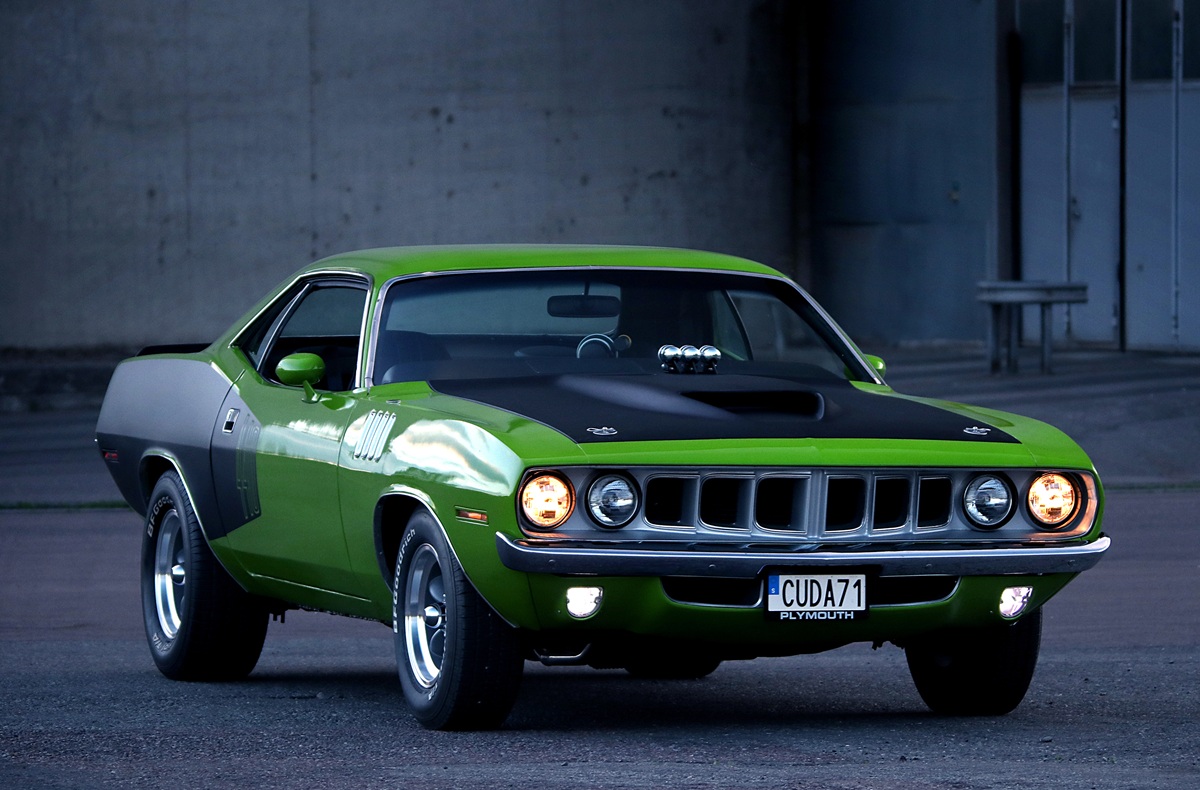
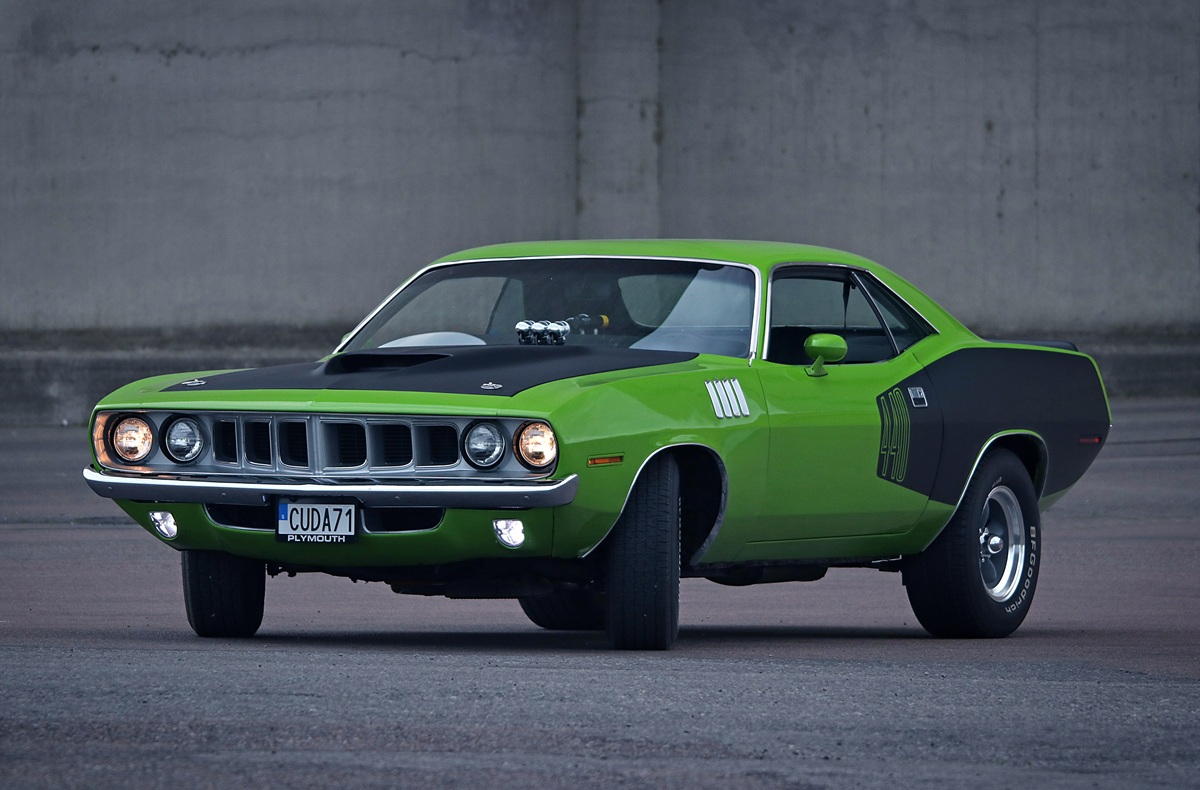
FJ6 – that’s the paint code better known as Sassy Grass – is part of Chrysler’s “High Impact Paint Colors” lineup, which also includes Citron Yella, Panther Pink, Plum Crazy and other festive names. A now well-documented and widely discussed marketing strategy.
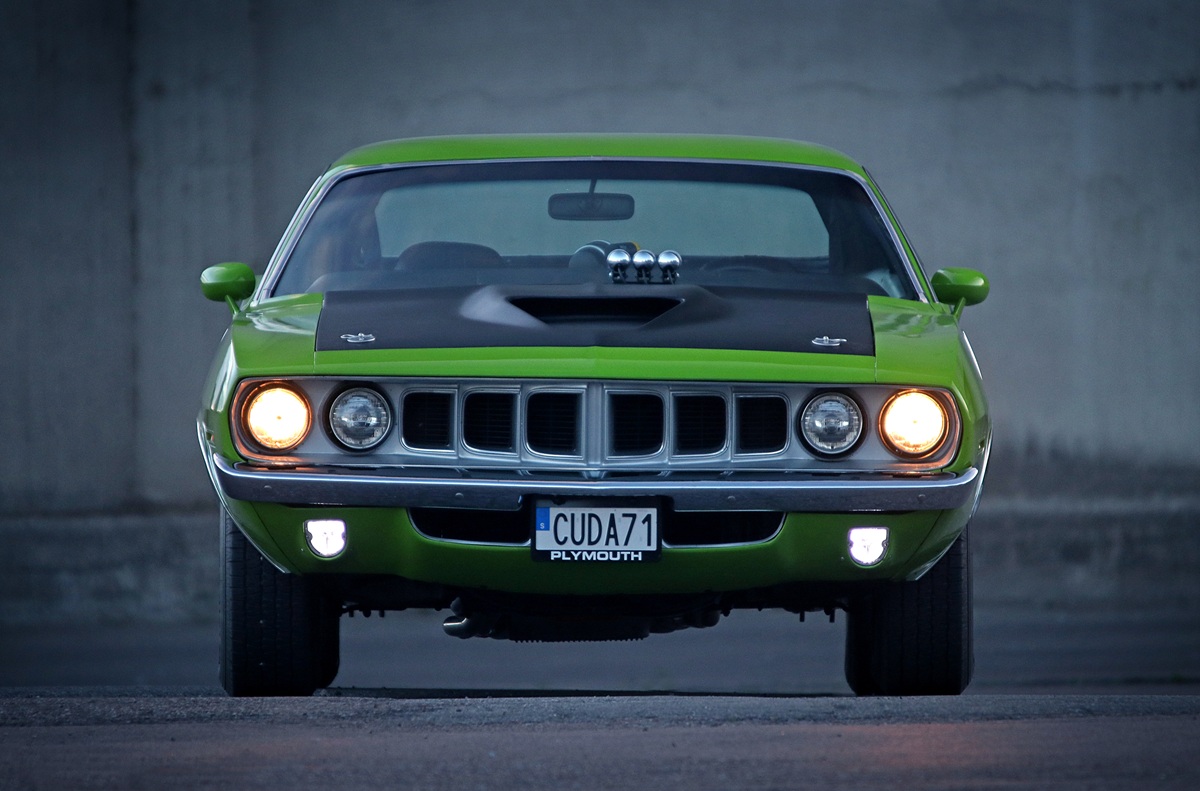
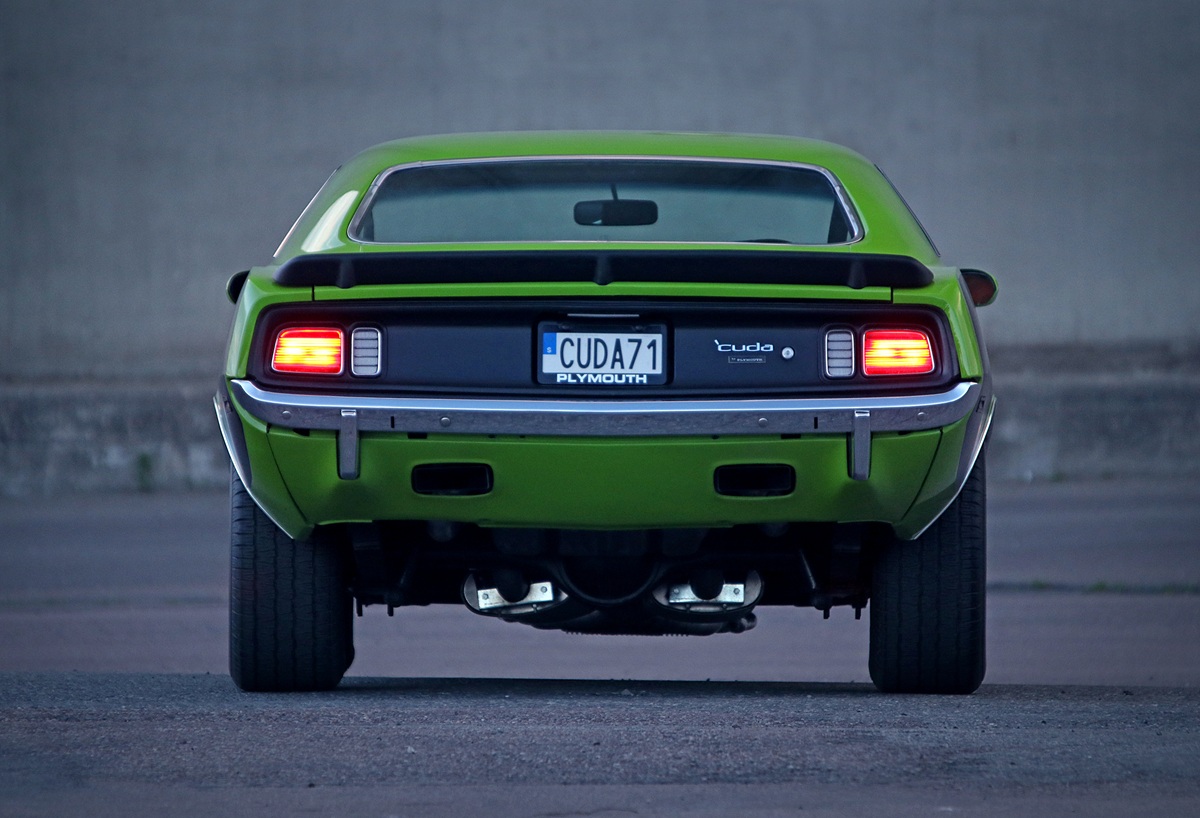
Less known is that many of the truly fun color names didn’t survive the journey from Chrysler’s initial brainstorm to the dealer brochures. A shame, really. Imagine laying eyes on a Challenger or ’Cuda painted in Catch Me Copper, Unforeseeable Fuchsia, Statutory Grape, Gang Green, Hi-Ho Silver, Well-Red, Cost of Living Rose, Frank Lloyd White or the low blow of them all: Fisher Body Rust.
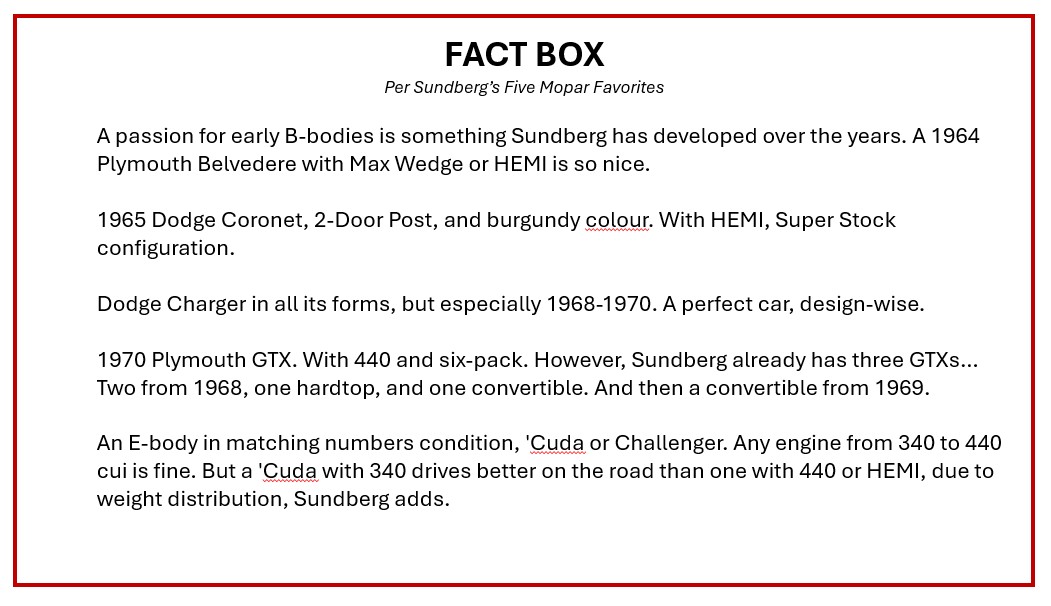

0 Comments